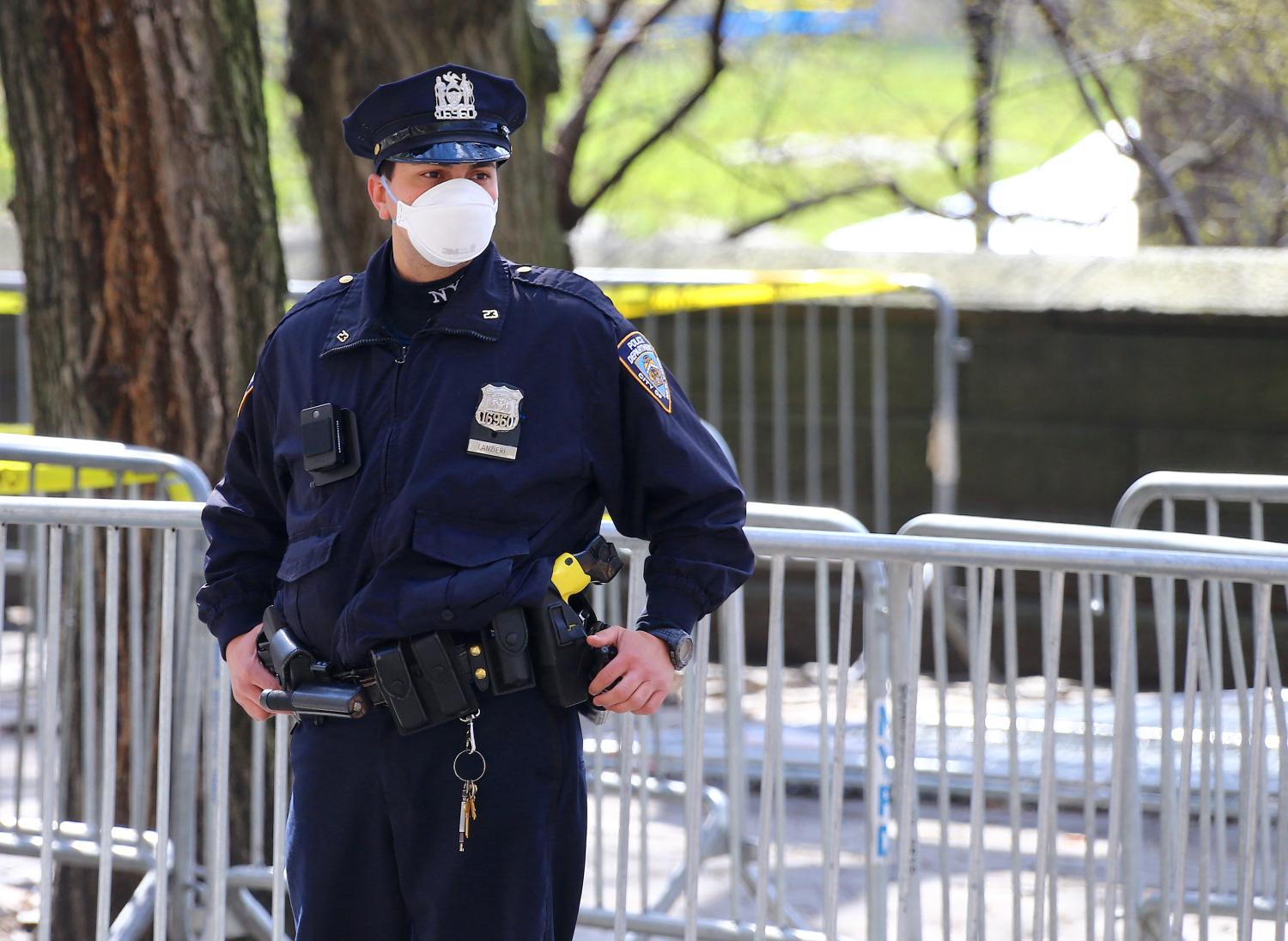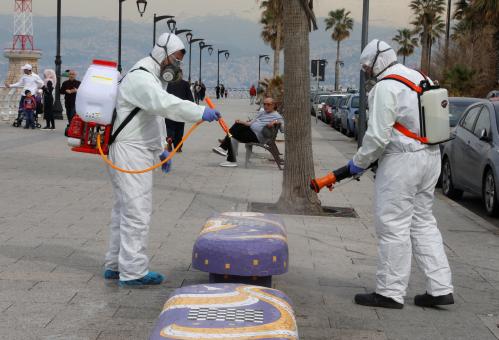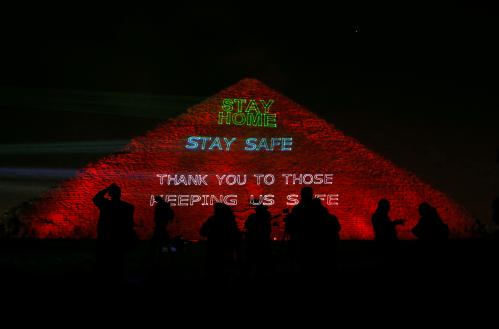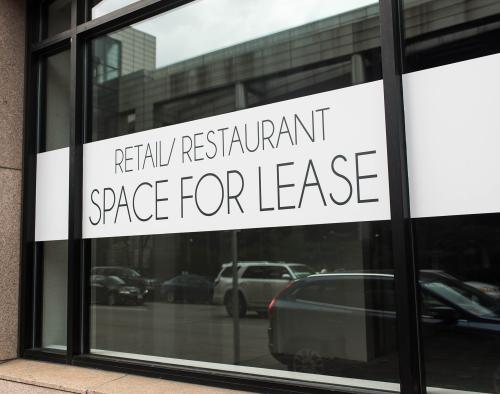Executive Summary
Already today, the U.S. armed forces are providing important help here at home in the struggle against the novel coronavirus. Well over 10,000 members of the Army National Guard and Air Force National Guard have been mobilized to help with things like setting up more hospital capacity, transporting supplies, and providing other logistics. Other personnel, some retired, who have “Individual Ready Reserve” status are in some cases being activated when their particular skills in medicine or other crucial fields can help. They are typically doing so under what is called Title 32 of the U.S. code, whereby they are paid by the federal government but controlled by the governors of the individual states where they operate.
We need to prepare for a much larger, and more fraught, potential role for the American armed forces in this crisis as well. In short, they may need to backstop and backfill certain police forces. With 15% of the New York Police Department recently reporting sick due to COVID-19, self-quarantining measures, and other ailments — and even higher absentee rates reported in places like Detroit — hard-hit communities may soon need major assistance with tasks like patrolling streets, enforcing restrictions on movement, deterring crime, defusing situations of domestic violence, and sometimes arresting suspects. Such police work is legal for the National Guard, though not the active-duty military, under the 1878 Posse Comitatus law. And it may be the most prudent thing we can do to prevent a risk of deteriorating social stability and security conditions in a number of American cities in the spring and the hot, potentially very dangerous summer of 2020. Yet it is also highly fraught, and requires significant preparation — including for training Guard personnel quickly, and pairing them with police if and when they go on the beat. The warrior culture and warrior profession are much different than those of police officers.








